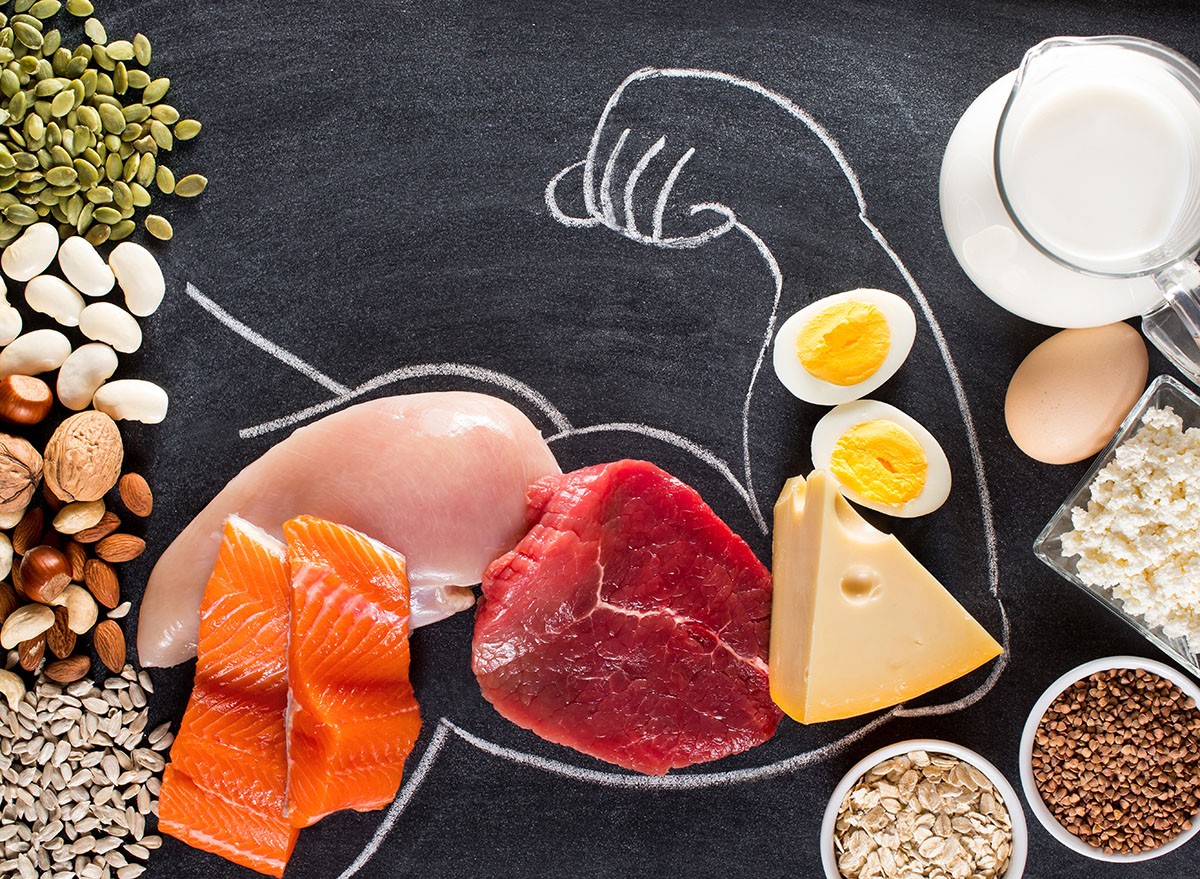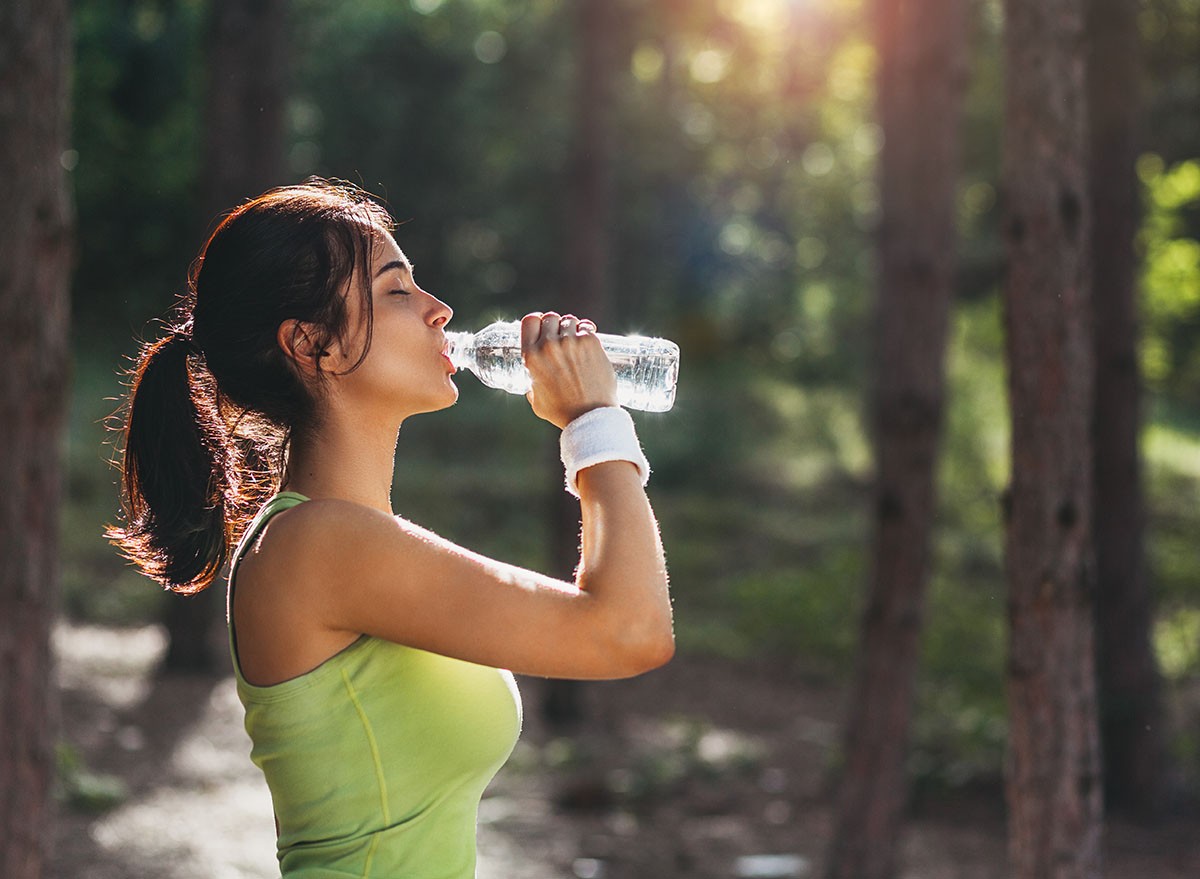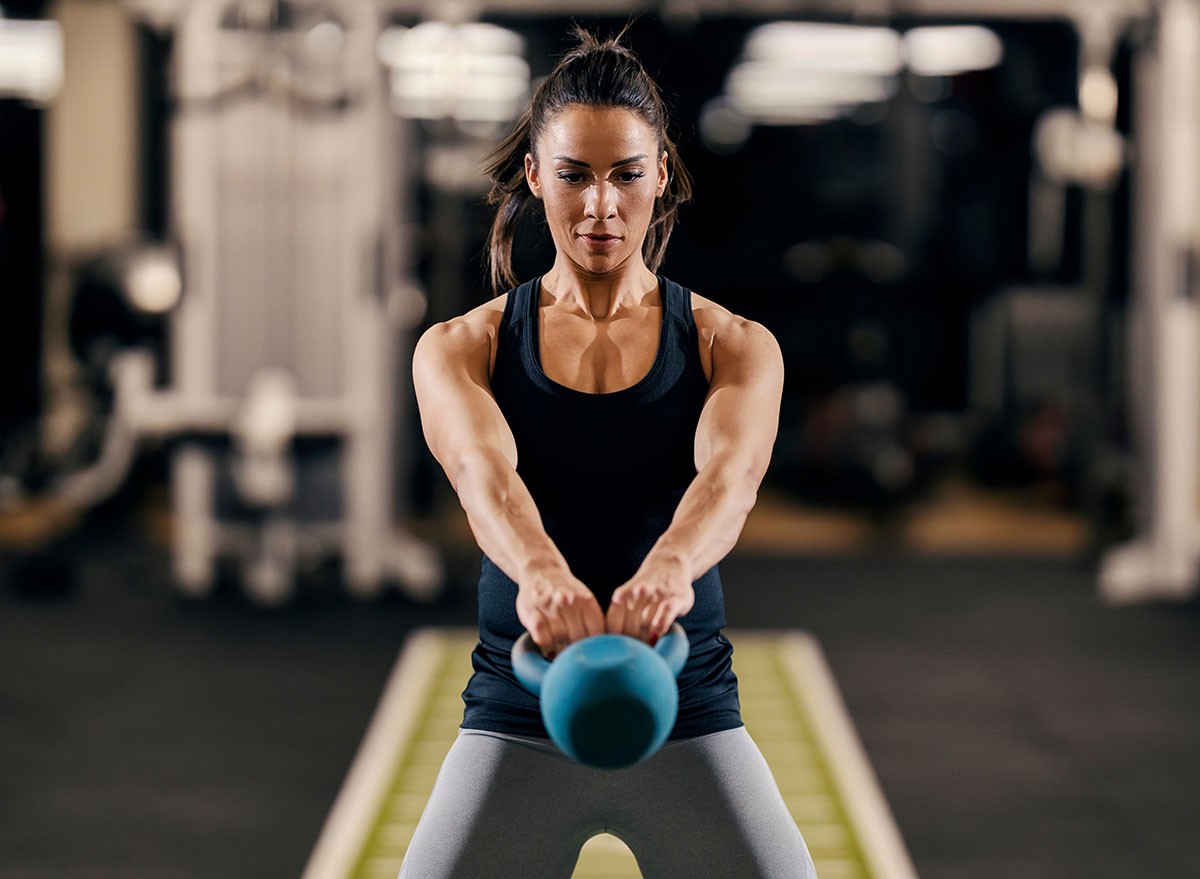Trainer Reveals 5 Fat Loss Hacks She Wishes She Knew Sooner

Are you trying to lose weight? One expert claims to know some secret tricks. Bec Gibbs is an online coach and fitness trainer who helps "hard working Women 25+ lose weight & love their tone without complicated meal plans or spending hours in the gym." She unveils some of her fat loss secrets in a new social media post. "5 Fat Loss Hacks I Wish I Knew Sooner," she titled the post.
Consistency Over Perfection

Her first hack is consistency over perfection. "Stick to your meal and workout plan for at least 2-4 weeks before judging your progress. Real change takes time!" she says.
Protein is Your Powerhouse

Next, amp up your protein. "Make protein a staple at every meal. It keeps you fuller for longer, supports muscle recovery, and helps curb cravings," she writes.
Move More Throughout the Day

Make sure to move throughout the day. "Beyond your workouts, try to add an extra 1.5-2k steps daily. Small bursts of movement add up and boost your metabolism," she recommends.
Hydrate to Elevate

Next, hydrate. "Increasing your water intake by just 500ml daily can help control hunger and keep your metabolism humming," she says.
RELATED: 12-3-30 Walking Method: 20 Proven Tips to Lose Weight Faster
Prioritize Quality Sleep

Finally, make sure to get enough sleep. "A good night's sleep is non-negotiable. Aim for an earlier bedtime (yes, that means no scrolling in bed!) to aid recovery and optimize fat loss," she says.
Also, She Busts Some Fitness Myths, Including Daily Workouts

In another post, she tackles fitness myths you shouldn't believe. The first one? "You need to work out every day to see results," she says. "While consistency is key, rest is just as important. Your body needs recovery time to rebuild and grow stronger. Overtraining can lead to burnout and injury—rest days are essential for long-term progress and also if you set yourself an unrealistic workout goal you will never achieve it and give up!"
Myth 2: Lifting Weights Will Make You Bulky

Myth two is "You'll get bulky from lifting weights," she writes. "Ladies, fear not! Lifting weights won't automatically make you bulky. It will, however, help you build lean muscle, boost your metabolism, and leave you looking toned and strong. Say goodbye to the "toning" myth—muscle is your friend!"
Myth 3: The Scale Is the Best Measure of Progress

The final myth? "The scale is the best measure of progress," she says. "Weight isn't the whole picture. Factors like muscle gain, water retention, and hormonal changes can affect the number on the scale. Focus on how you feel, your strength, and your performance—those are far more important indicators of progress." And if you enjoyed this article, don't miss these 8 High-Protein Foods with Nearly Zero Calories That Melt Fat.




